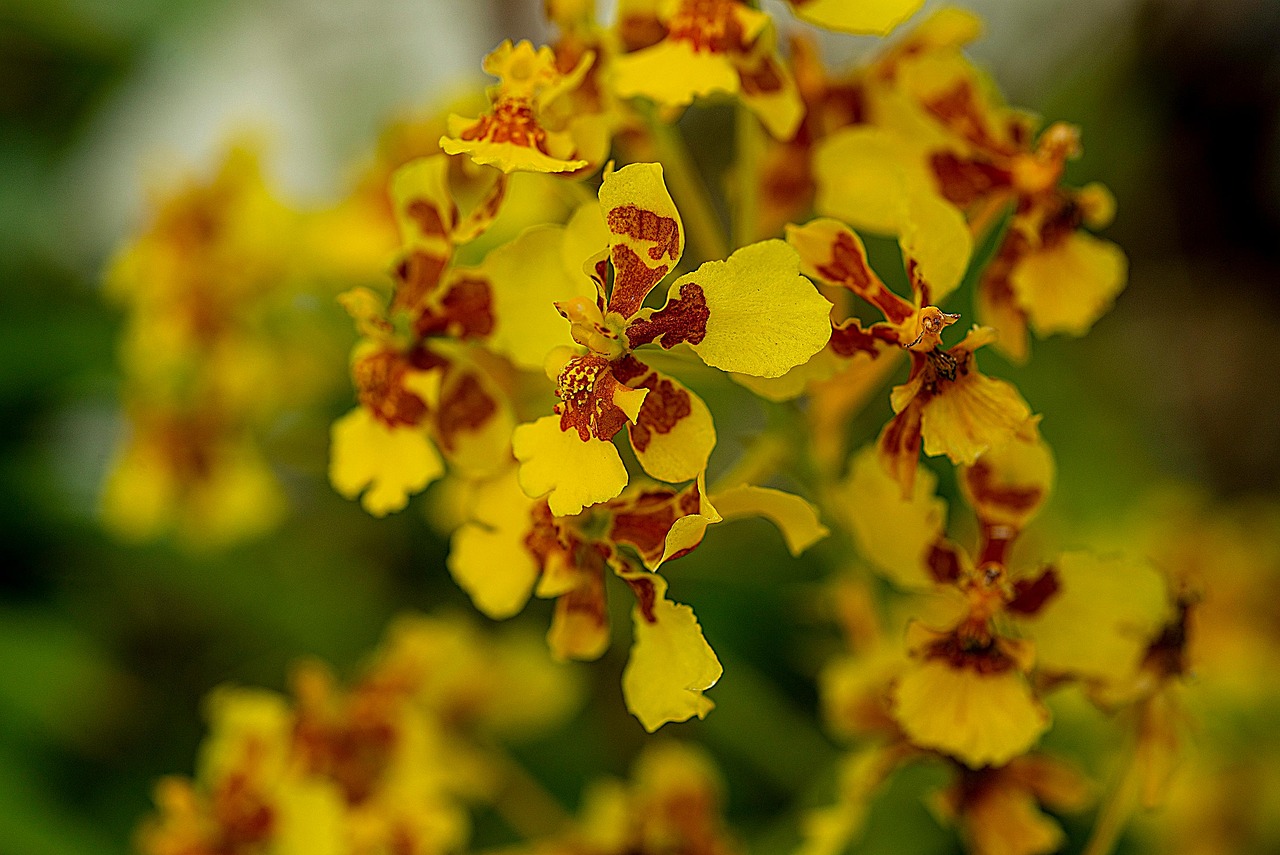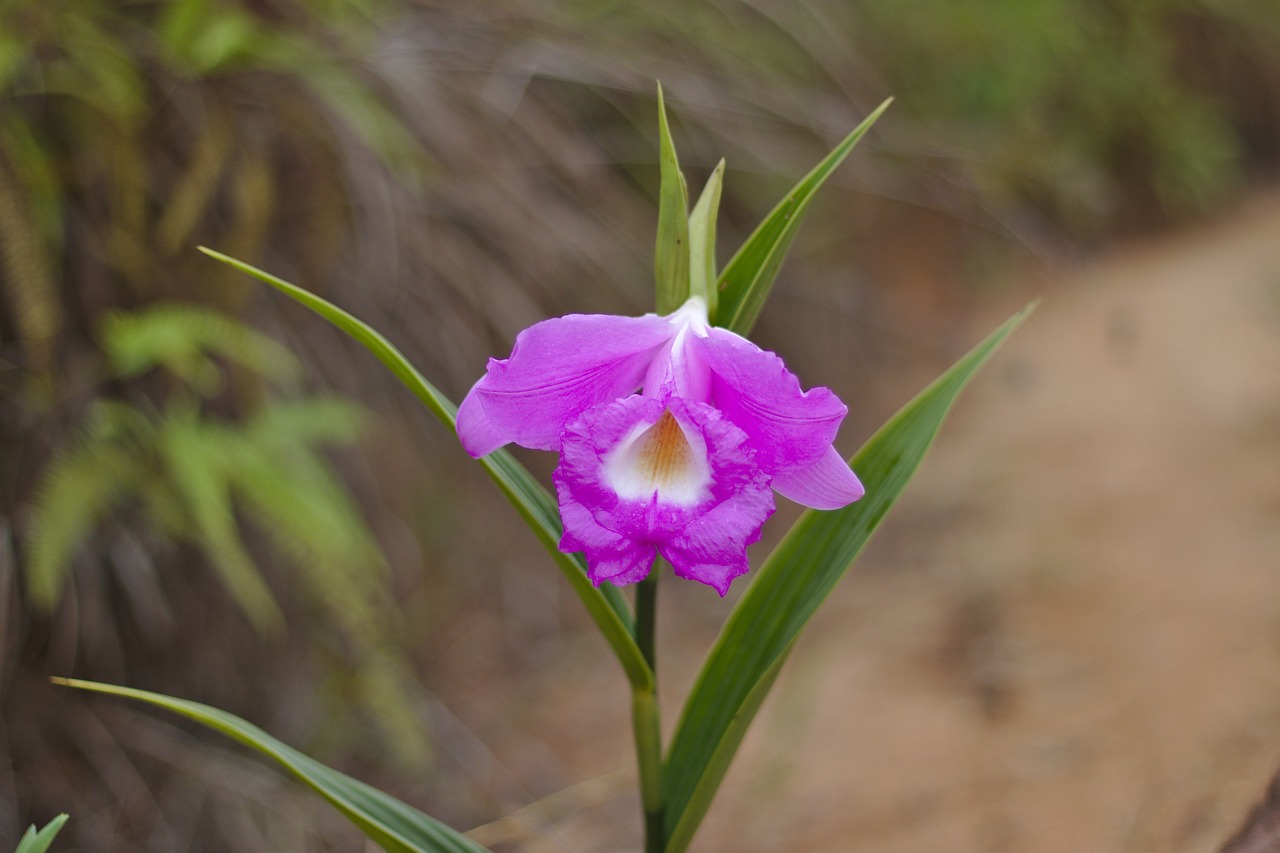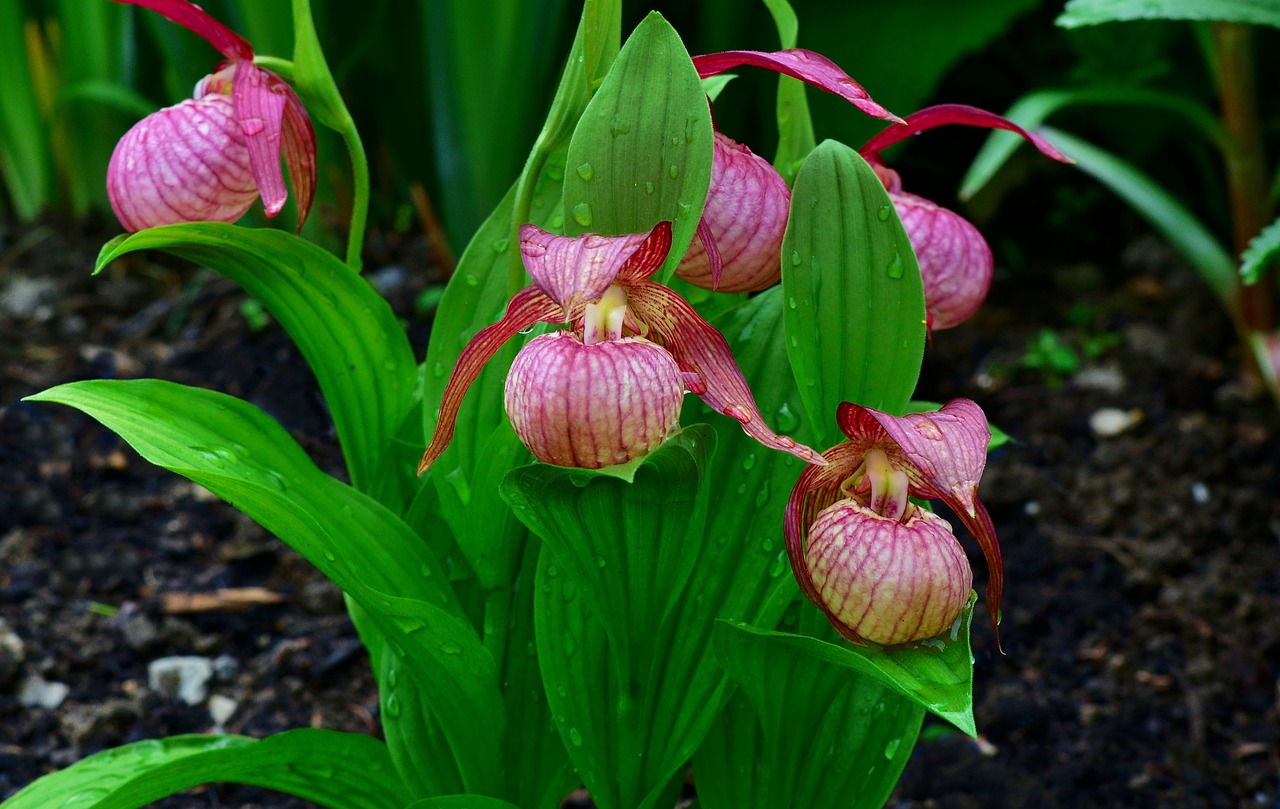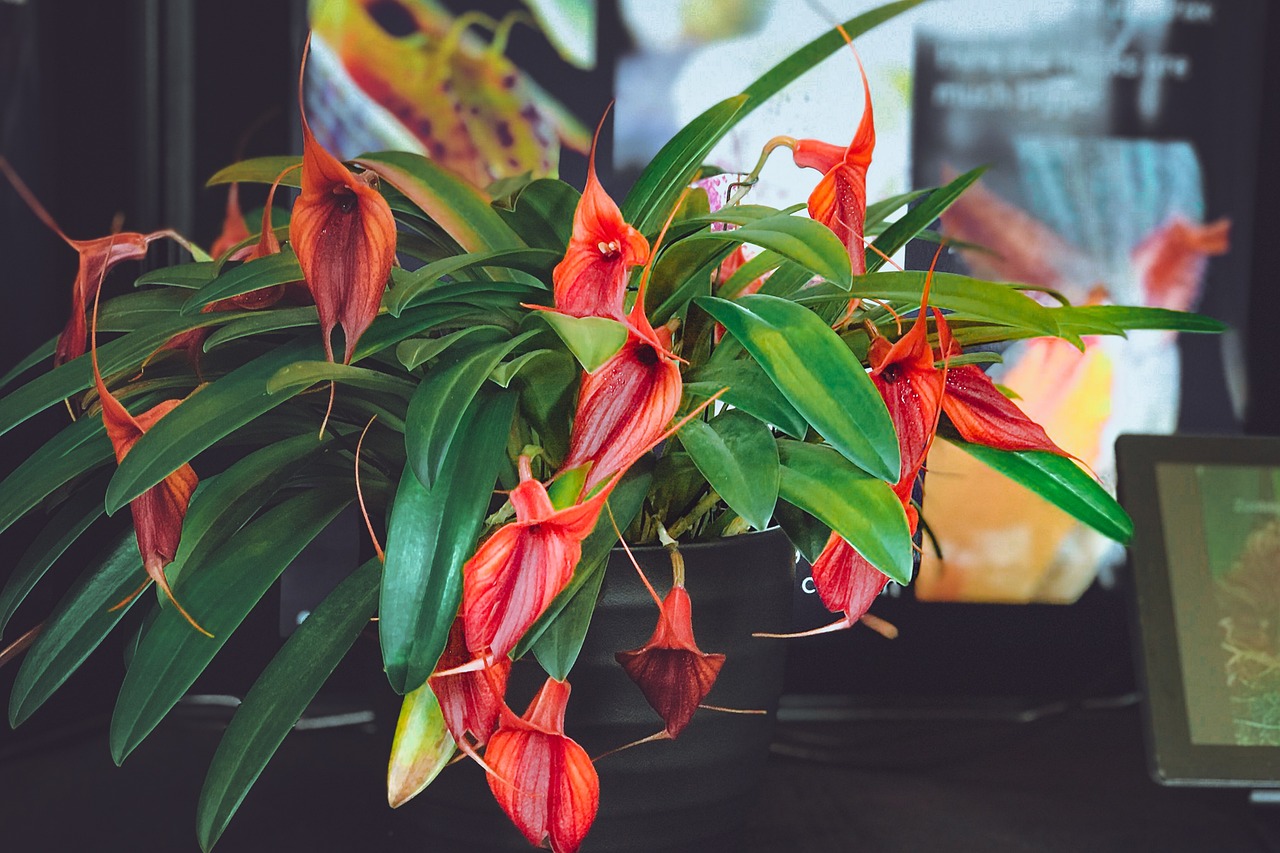Bulbophyllum | The Outlier of the Tropical Orchid World, Adorned with Unconventional Beauty
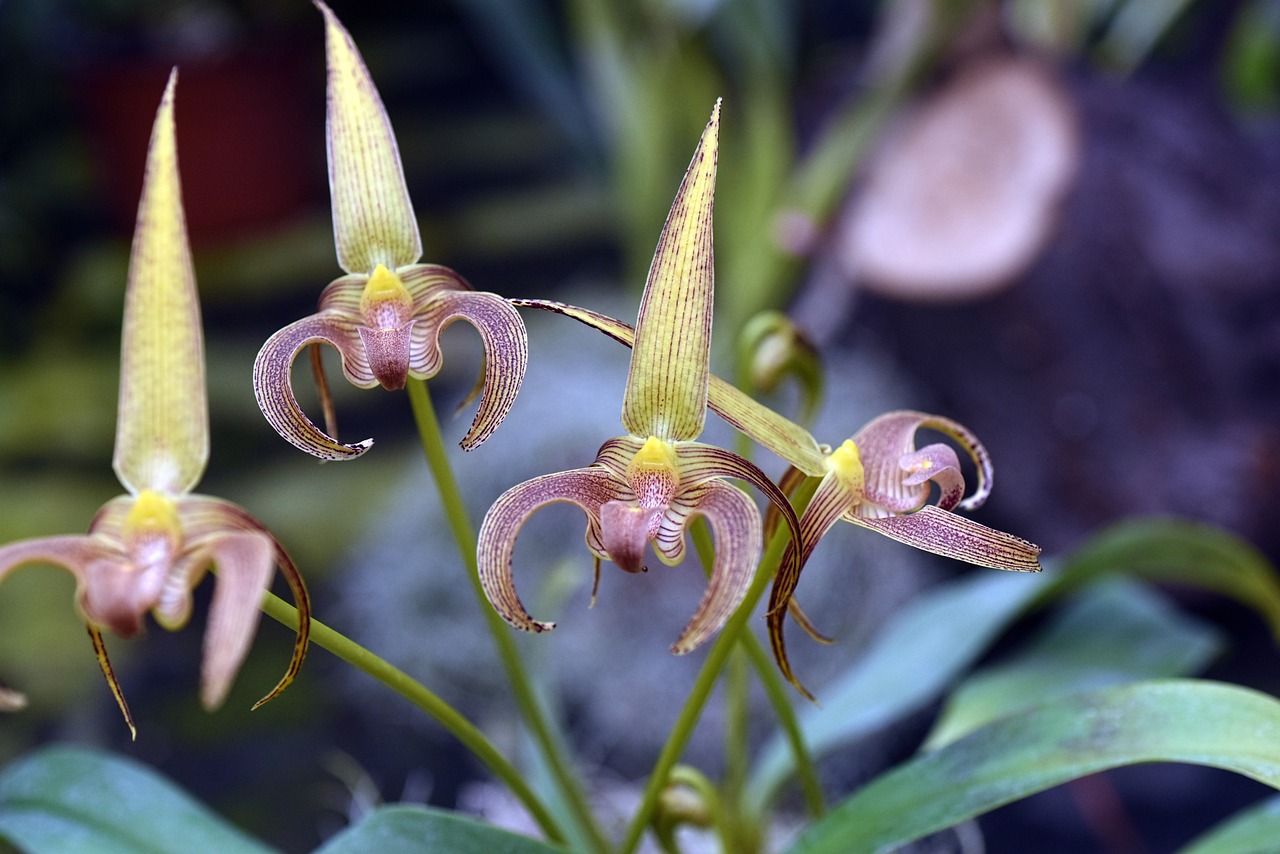
Bulbophyllum is a member of the orchid family distinguished by its unique floral forms and remarkable diversity. It has attracted the attention of orchid enthusiasts worldwide, particularly for its unusual shapes and fragrances.
In this article, I will provide an in-depth introduction to Bulbophyllum, covering its basic information, cultural significance, historical background, and essential tips for cultivation.
Basic Information
- Scientific name: Bulbophyllum
- Family: Orchidaceae
- Origin: Tropical to subtropical regions (Southeast Asia, Africa, Central and South America)
- Appearance: Bulbophyllum displays extraordinary diversity in form. Its flowers may appear elongated, fan-shaped, or even insect-like. Colors range from yellow, purple, red, to green. Some species release a strong or distinctive fragrance.
- Blooming season: Depending on the species, many varieties bloom from spring to autumn. Under proper indoor conditions, it may flower year-round.
Cultural Significance Around the World
Bulbophyllum’s unusual forms have long been regarded as mystical in tropical regions such as Southeast Asia and Africa.
In Southeast Asia, its strange flowers have been incorporated into traditional rituals and decorations, symbolizing harmony with nature.
In Europe, during the 19th-century Age of Exploration, orchids—including Bulbophyllum—were introduced, and its eccentric beauty quickly drew attention.
As horticulture developed, Bulbophyllum became highly valued among collectors, with rare species still considered highlights at orchid shows and exhibitions.
Historical Episodes
The discovery of Bulbophyllum dates back to the 19th century, when botanists traveled the world in search of tropical plants.
Numerous species were identified in Southeast Asia and New Guinea, astonishing European enthusiasts with their extraordinary forms.
In Britain and France, Bulbophyllum was cultivated in greenhouses as a jewel of the orchid world. Botanical gardens flourished, and orchids became prized collections among aristocrats and the wealthy.
Bulbophyllum thus came to symbolize the cultural phenomenon of orchid collecting.
Gardening Advice
Since Bulbophyllum originates from tropical climates, humidity and temperature control are crucial. Here are the key points for successful cultivation:
Light
Prefers bright, indirect light. Avoid direct sun, but do not keep it in deep shade.
Watering
Keep the medium evenly moist from spring to autumn. Water less in winter to prevent root rot.
Humidity
Maintain 50–70%. Use misting or a humidifier while ensuring good air circulation.
Soil
Use well-draining orchid media such as bark chips or sphagnum moss. Hanging pots and ventilated containers are ideal.
Temperature
Best range is 18–25°C. Keep above 10°C in winter, and provide shade and ventilation during hot summers.
Fertilizer
Apply diluted liquid fertilizer once or twice a month during the growing season. Reduce in winter.
Repotting
Every 2–3 years, repot to prevent overcrowded roots. Remove old or damaged roots before placing in fresh medium.
Conclusion
Bulbophyllum, with its striking diversity and eccentric beauty, has long fascinated orchid lovers.
With proper care, it can be grown indoors, allowing you to appreciate its charm throughout the year.
I encourage you to welcome Bulbophyllum into your collection and enjoy the unique beauty it brings.


